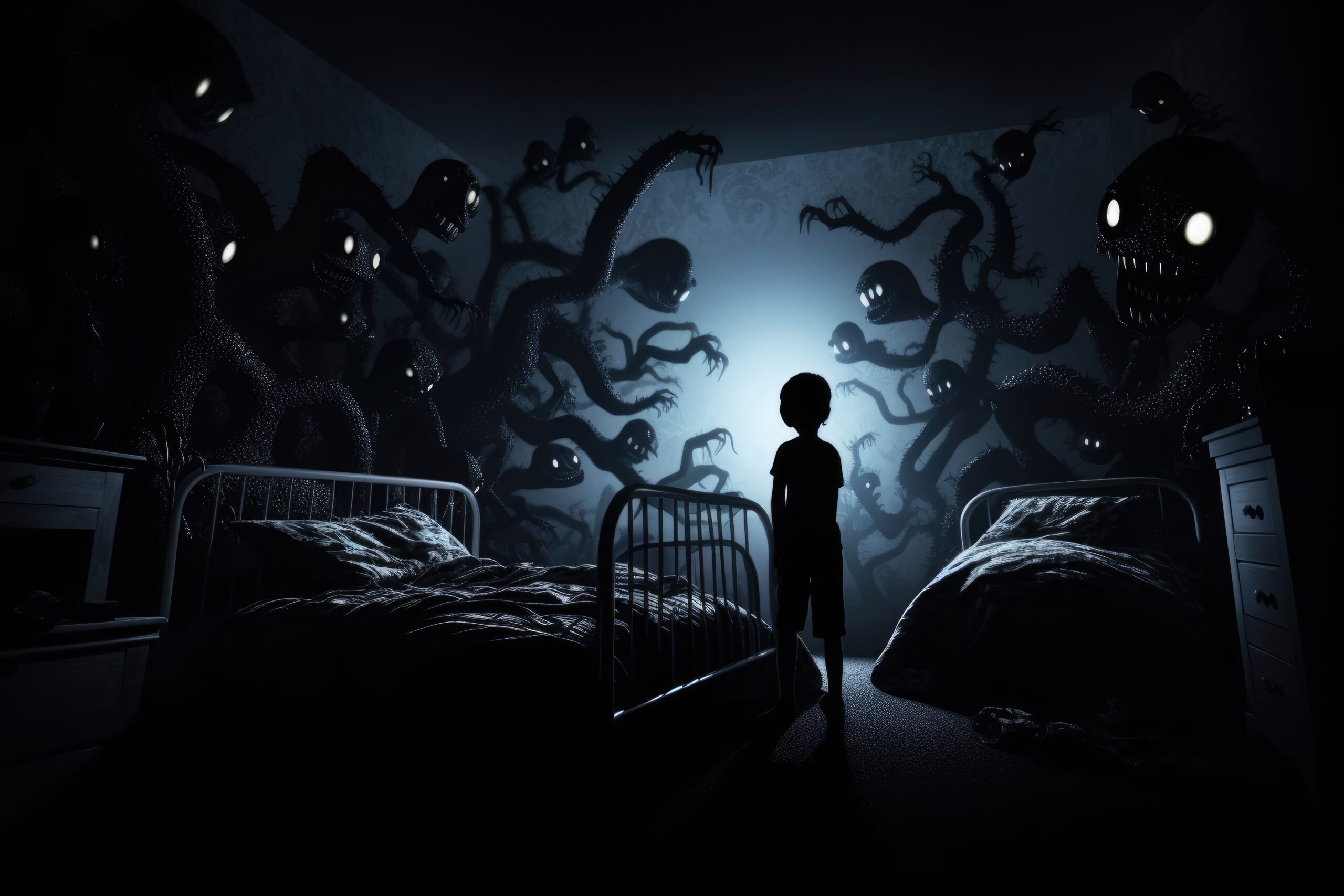Fictional Characters Who Exhibit Bad Mental Health Practices: Lessons in What Not to Do
While fiction often features characters who inspire and uplift us, it also provides examples of what not to do. Some characters exhibit poor mental health practices, serving as reminders of the importance of self-care, seeking help, and maintaining healthy coping mechanisms. Here’s a look at some fictional characters who display bad mental health practices and the lessons we can learn from their struggles.
1. Anakin Skywalker from Star Wars
Example: Anakin Skywalker’s journey from a promising Jedi to the infamous Darth Vader is a prime example of how unchecked emotions can lead to devastating consequences. Anakin struggles with intense fear, anger, and attachment, and rather than seeking guidance, he allows these emotions to consume him. His refusal to manage his emotions and his reliance on secrecy and deception lead him down a dark path, ultimately resulting in his tragic downfall.
Lesson: Anakin’s story highlights the dangers of not addressing strong emotions and the importance of seeking help when struggling. It shows that trying to handle everything alone can lead to destructive outcomes and that seeking support from others can prevent a spiral into negativity.
2. Elsa from Frozen
Example: In the early part of Frozen, Elsa exemplifies poor mental health practices by isolating herself and suppressing her emotions. Afraid of her powers and the potential harm she could cause, Elsa pushes away those who care about her and tries to deal with her fears alone. This isolation only exacerbates her anxiety and leads to a lack of control over her abilities and self-centered behavior that could hurt her sister, Anna.
Lesson: Elsa’s journey teaches us that suppressing our emotions and isolating ourselves from others can be harmful. We must embrace who we are, seek support from loved ones, and face our fears head-on rather than running from them.
3. Harry Potter from Harry Potter and the Order of the Phoenix
Example: In Harry Potter and the Order of the Phoenix, Harry struggles with anger, frustration, and isolation. He feels burdened by the prophecy and his connection to Voldemort, and he often lashes out at his friends and distances himself from those who want to help him. His refusal to share his worries and ask for help leads to unnecessary suffering.
Lesson: Harry’s behavior during this time reminds us that bottling up emotions and pushing people away can worsen our mental state. Open communication and relying on a support system are crucial for dealing with difficult emotions and situations.
4. Marlin from Finding Nemo
Example: Marlin, the overprotective clownfish in Finding Nemo, exhibits anxiety-driven behavior that stems from a traumatic experience. His excessive worry and need to control every situation lead him to smother his son, Nemo, and prevent him from experiencing the world. Marlin’s inability to manage his anxiety and let go of his fears creates tension and hinders both his and Nemo’s growth.
Lesson: Marlin’s story shows the importance of managing anxiety and not letting fear dictate our actions. Finding a balance between protecting ourselves and those we love while allowing room for growth and exploration is crucial.
5. Rapunzel’s Mother Gothel from Tangled
Example: Mother Gothel, though not the protagonist, displays highly toxic behavior driven by selfishness and fear of aging. Her manipulative actions towards Rapunzel—using guilt, fear, and control—stem from her insecurities and unwillingness to accept change. Gothel’s refusal to face her fears in a healthy way leads her to harm others and ultimately leads to her downfall.
Lesson: Mother Gothel’s character illustrates the dangers of manipulation, control, and the refusal to confront one’s fears and insecurities. Her actions serve as a warning that trying to control others to avoid dealing with personal issues can have destructive consequences.
Why These Characters Matter
These characters, while often beloved or memorable, serve as cautionary tales of what can happen when bad mental health practices go unchecked. Their stories remind us of the importance of facing our fears, seeking help, and maintaining open communication with those around us. Click here to learn how bad habits can sabotage mental health.
Conclusion
Fictional characters who exhibit poor mental health practices can teach us valuable lessons about what not to do. Anakin Skywalker, Elsa, Harry Potter, Marlin, and Mother Gothel each demonstrate the pitfalls of avoiding emotions, isolating oneself, and trying to control everything. Their stories remind us that addressing mental health issues is crucial for our well-being and that seeking help and support from others is a sign of strength, not weakness. By learning from their mistakes, we can strive to adopt healthier habits and approach our challenges with a more positive and constructive mindset.







Leave A Comment